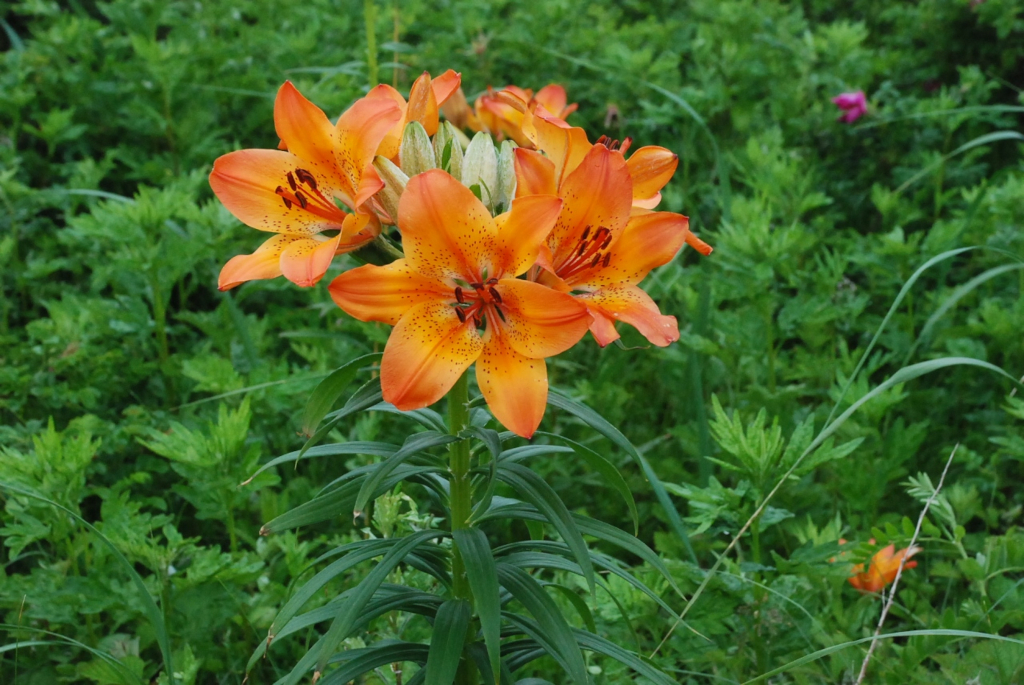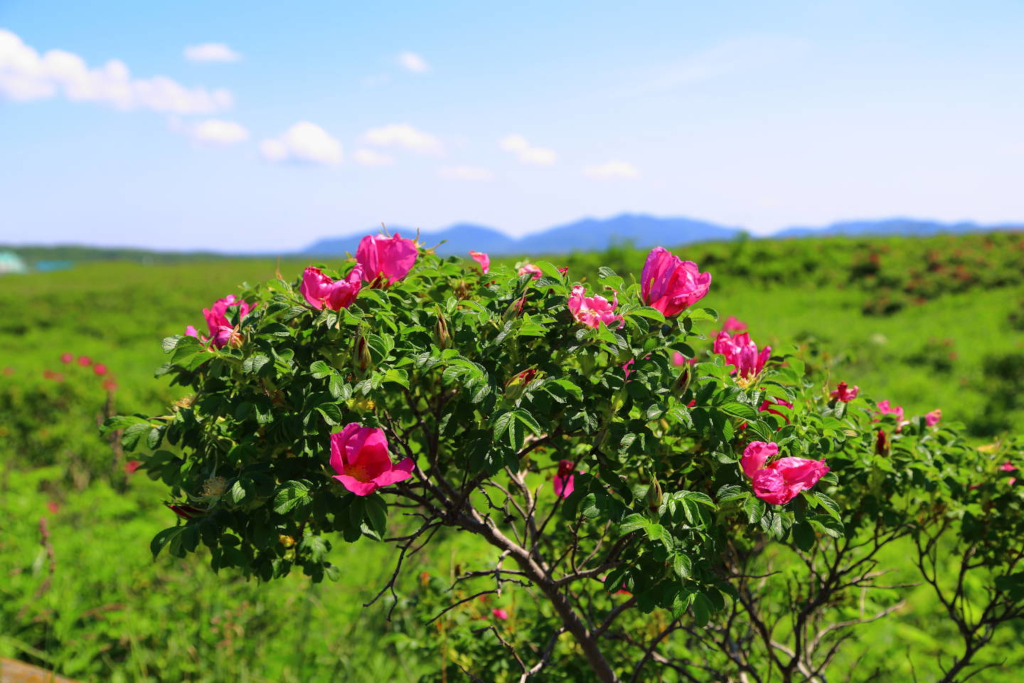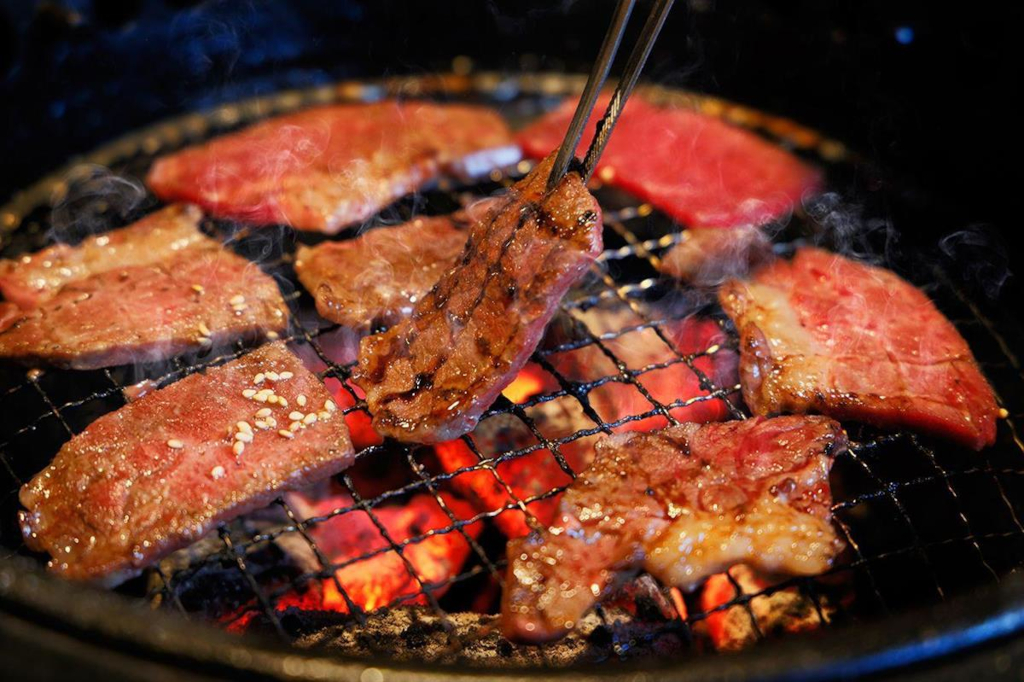A short trip to Kitami in Hokkaido
Kitami overlooks the Sea of Okhotsk, known for its ice streams and huge chunks of transparent blue ice on the beaches.

Kitami overlooks the Sea of Okhotsk, renowned for its ice streams and huge chunks of clear blue ice on the beaches, but the view of Lake Saroma from Onneyu Onsen is also very beautiful.

IThe city's vast agricultural lands are surrounded by magnificent nature that extends over 110 km from the foot of the Taisetsu Mountains to the coast of the Sea of Okhotsk. Abundant sunlight and fertile soil favor the production of a wide variety of products such as rice, wheat, barley, potatoes, beets, onions, beans and other mountain crops and vegetables, as well as dairy products, beef and pork. Farming in harmony with nature is supported by the reduction of chemical fertilizers and synthetic pesticides, thus giving safe, reliable and high-quality agricultural products.


Not only is the agricultural aspect flourishing, but also the fishing of scallops, salmon and trout, hairy crabs, sea urchins and flatfish promoting sustainable fishing. The fishing port of Tokoro has been developed to provide safer and more reliable seafood, with an eye on the conservation of the environment of the fishing grounds, fishing operators are actively engaged in tree planting activities to grow forests.
Kitami's first economy was the natural production of mint. The region once exported mint, known as hakka. Today it is the most important city in the Okhotsk region and the main industrial and commercial center of the region.

In addition, the region is home to historical and tourist sites such as the Pearson Museum, a wooden Western-style building that was once home to George and Ida Pierson, two American missionaries who came to Hokkaido in the late 19th century. The couple contributed to the education of women, campaigned against prostitution, and promoted the development of schools in Hokkaido. This elegant private residence played an important role in the local culture and spirit of Kitami City during the couple's fifteen-year residence. This building opens its doors as a museum, allowing visitors to wander through the historic halls and rooms preserved with their original furnishings, including plush sofas, a wooden desk, and a pipe organ.
With a red door and a dark green roof, the wooden house is charming during the spring, when it is framed by the pink petals of cherry blossoms.

No less fascinating is the Wakka Wild Flower Garden. Japan’s largest coastal grassland blooms with seasonal wildflowers every year. The Wakka Wild Flower Garden is home to over 300 different species of flowers, which shine across the plains in a rainbow of colors, especially in spring and summer. Some of the unique varieties include the ezo engosaku or blue tuberous poppy in spring, the Siberian lily and rugosa rose in summer, and the common glasswort in autumn.


Finally, I cannot miss the Tokoro Ruins of international importance, where several tens of thousands of remains of pit dwellings are scattered. These ruins tell us that ancient people interacted with people who lived in the Aleutian Islands and Sakhalin. On the premises of the site is the Tokoro Iseki no Yakata, the palace of ruins and exhibits of excavated finds, models of the houses and mannequins of the remains.

After a long day, a little well-deserved relaxation at Onneyu Onsen is a must. Situated along the Muka River in eastern Hokkaido, Onneyu Onsen is a cozy hot spring town that boasts pristine water flowing directly from the spring into each of the local baths. The town’s hot springs have been welcoming visitors from near and far for over a century, drawn by the spa’s anti-aging and beautifying properties. Soak in a hot bath and enjoy the luxurious sensation of silky smooth water and the feeling of pure relaxation at one of the town’s many simple alkaline hot springs.

Kitami City is known as the city of yakiniku, the aroma of grilled meat wafting through the streets is mouth-watering. Dishes feature fresh meat and vegetables cooked to perfection. The Kitami region is especially known for its excellent beef sagari and pork offal. Savoring the juicy morsels of meat as is or dipping them in the chef’s special barbecue sauce, often with hints of fruit and onion to accentuate the meat’s natural juices, is priceless.








